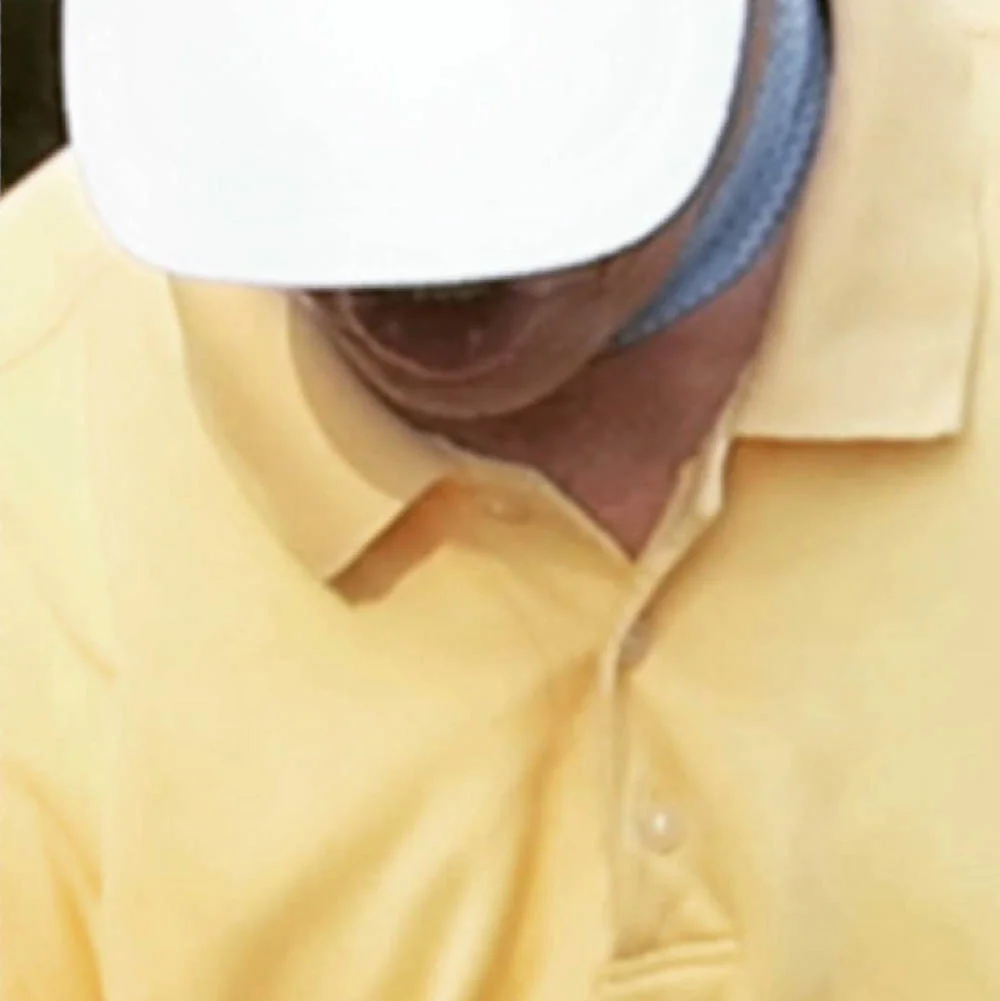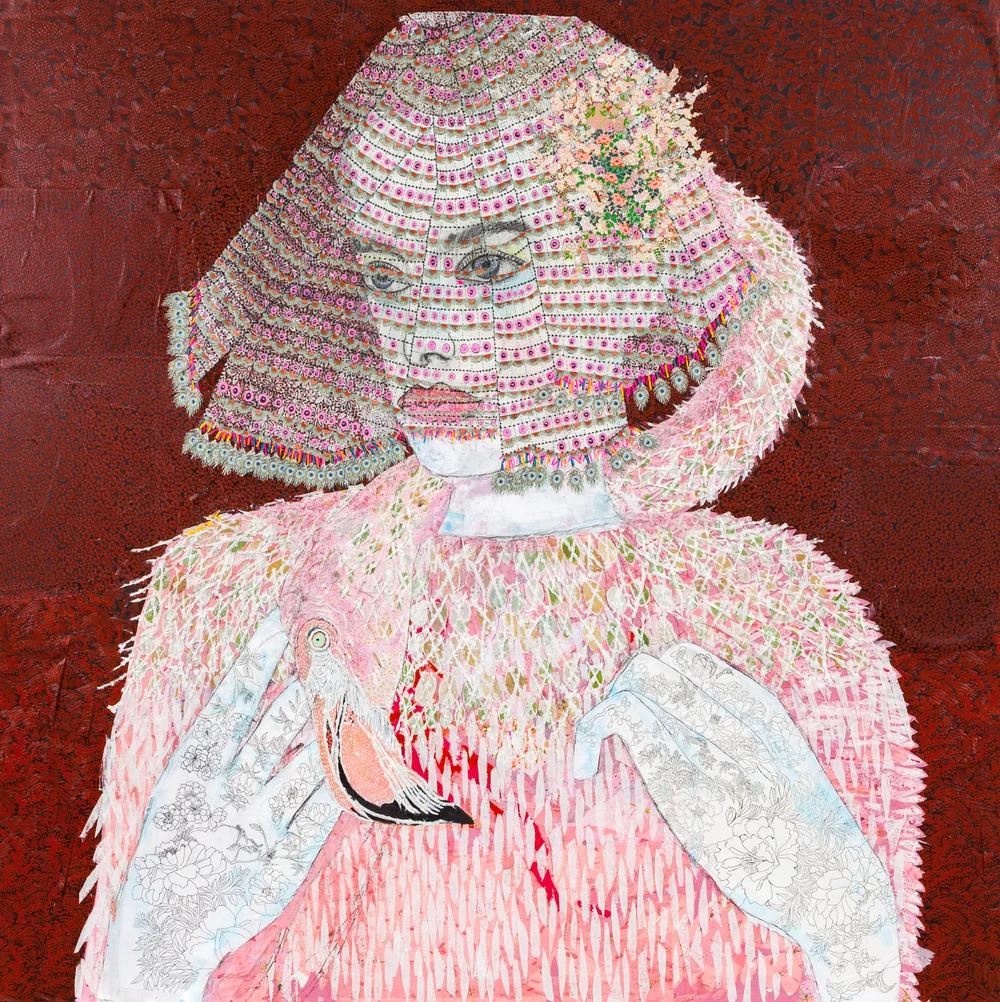Chiyonori Kitamura
It’s not often that one begins a conversation with someone (friend or stranger, it doesn’t matter), just moments after finding themselves completely elated by the thoughts of the other. With that, I don’t necessarily mean to claim that most people inhabiting this world are common—at least predictable enough—to have caused this typically-continuous state of amnesia while being in each other’s company. On the contrary. I’m pretty sure most of us swim in a vast pool of histories and their endless reflections. We just never really hear them. It’s their silence of it all that sedates me into apathy. At the end we all live the same lives, so the most interesting thing we can do is talk about them.
Chiyonori Kitamura, a Tokyo-based artist—is an example of such an unexpected necromantic encounter that I wish had taken place in a setting where time didn’t matter. Or at least had offered a little bit of patience. It was Chiyo’s immediate, uncompromising honesty about certain ideologies of his culture, the current state of his health and its new dependencies; the way he addressed things with nothing yet everything at stake that at moments I felt like being overcome by a wave of childlike-curiosity. (My innate fetish for Japanese culture also participates in gentle ways here. Granted, I learned about Chiyo’s origin only much later during the interview.) Basically, that point came where I wanted to know everything.
Disinterested in most things around him, Chiyo started the Instagram account uirngallery which features fictional artists and their work. From there on, new projects arose, just like detollnalica or @buh___bye, another IG platform (which later on also became a book published by http://modes.vu), capturing people’s every move. Even though Chiyo and I had a considerably long moment to talk, I feel like I don’t know anything about him. But that’s a good start, I think.
For a while you have been creating fictional characters on Instagram, under the name uirngallery. What started that project? The main reason was because there weren’t any interesting galleries. When my panic disorder started off, I needed places to visit, unfortunately there wasn’t much around. So I began introducing works of fictional artists.
Odile Chisel
When we look at this sculpture, we don’t try to look for some kind of hidden meaning. Not much feeling is provoked. The piece is called ‘Ideal Conditions,’ and the AI device installed in Colin (on the right) is designed to sense immediately a phrase that we typically use every day in a specific language. And that causes Zerina (on the left) to explode.
Thanks to the reinforced glass, this explosion doesn’t harm us, and appreciators can go on with their passionate, pseudo-elegant discussions as if nothing ever happened. You don’t need to think about what to talk about when standing in front of Colin as it will automatically pick up any conversation within the gallery. Oh, and the AI device will pick up the words even if your pronunciation isn’t perfect. So there’s no need to use the type of artificial English that many Japanese people tend to speak, rolling their tongues exaggeratedly.
Nguyen Agnail
Then there is Nguyen Agnail, he is one of the most important artists of our gallery. In this photo, he’s in the ward of Tokyo known as Shibuya. He’s apparently jotting down notes, while lost in thought. In reality, this is a performance where he’s holding a sculpture made to look like pen and paper. For many years, he has repeated this performance for three hours every day in the very same spot. He experiences some difficulties at gallery exhibitions; as at first glance he appears to be a curator sitting with a blanket draped over his knees. He’s afraid his presence will change the meaning of his work.
Jonathan Pusfilled
This public installation is by Jonathan Pusfilled, done in 2002. This particular work was created along the roughly 400-meter journey through the maze of alleyways from Shinjuku Station to the brothels he often visited. Cheap-looking fluorescent blue vinyl tape marks the path to the only exit. Surrounded by all the bright neon lights of the city at night, the solitary blue light captures him to such an extent that it could even be compared to Roland Barthes' "A Lover's Discourse.”
Could you explain this a little further, how it compares to Barthes’ book?
There's no special meaning in the choice of Roland Barthes. It could have been some other difficult author… It was just a metaphor that compared a category of love with Roland Barthes.
@buh___bye, another Instagram account of yours, is also anything but usual. It shows close-up pictures of people, their every move. Is there a certain meaning, purpose, behind them?
My photographs don’t follow a particular ideology. Ever since I started suffering from panic disorders in 2011, I began to experience a continuous feeling of rejection towards so-called ‘photography,’ I just didn’t feel like producing proper pictures anymore. I began feeling terrified of going outside. Back then, I used to go on rehabilitation walks where I always felt some kind of desperate hope, even if I was at a distance of only 4 or 5 meters from my home. After a few years, when I finally became used to the symptoms, a thing came into my field of vision by complete chance, and I found myself pressing the shutter button.
It was the only moment when I was able to forget my symptoms. After some time, it was no longer about taking pictures, or about forgetting the state of my health. I became more and more attracted to the process of repeating this sequence of actions itself. Just in the same way words and actions seem to lose their meaning when a child repeats them over and over.
I guess also within the process of observing and capturing these sequences, there’s a sort of numbness to the mind. You’re solely focused on whatever action is being produced right in front of you. The conscious wandering of thoughts gone astray, temporarily.
That's right. By looking through the viewfinder and just tracking the moving subject with my eye, I forget basically everything. It's most important to focus on the action itself. This is why I don’t have any special obsession with what I’m shooting. A big difference between me and the stalker who obsesses over the subject while shooting.
But don’t you think you encounter a similar obsession with your subjects?
I don't have the slightest curiosity in subjects themselves. I do find their actions and habitual gestures interesting, but I think this is more of an anthropological matter.
Throughout these moments of taking pictures, your anxiety might also disappear because you notice how everything else around you continues moving.
I can't predict when and where a panic will occur. I can't go out alone, and I’m afraid to get on a train or airplane. I don't even have the courage to go to the Mori Art Museum on the 53rd floor, whether this unfortunate or not. Making the 100 meter trip from my house to work this time of year feels like a drag. So going out to spend time in the great outdoors by myself would be complete torture.
What are those 100 meters from your house to work like?
The area where I live in Tokyo is packed with houses. The road in front of my house is a bus route, even though it's narrow and doesn't have many traffic signals. In the morning, there's a lot more buses, and my room shakes every time a bus goes by. The commuters drag their leather shoes across the concrete as they walk towards the station. If you close your eyes, you wake up feeling like soldiers are marching everywhere and you're being bombed.
That does sound kind of dreadful...
After years of having a panic disorder, my production and living styles have changed significantly. So even if I can't do the things I just mentioned, I can do the interview with you. I also have two children to love. Maybe I'm happy.
Happiness is a strange concept, and somehow its definition continues to shift as days progress. I guess I prefer the word ‘positivity,’ like I can generally say I’m a positive person. Happy? At certain moments; I think that’s enough to consider myself very fortunate. In some ways, this ideal happiness often pertains to having a job, wife or husband, and children.
That's right. In Japan, profound words like freedom and love and equality, and especially happiness get tossed around pretty lightly. We're always hoping that some conceptual notion will give us an idea of a "life to aim for" so we can have a sense of mental stability. In other words, we've reached an age of confusion where we're all unstable and anxious. And in my case, I go for a "tranquilizer" that will take away entirely the insecurity in my mind.
Japanese people in particular discuss their impressions rather than actual facts. Starting by surveying the image of something, we examine its external environment. It prevents us from reaching even the crux of very simple problems. Therefore, leaving the actual quality of our thinking aside, when you observe us objectively, it really looks as though we aren’t thinking anything.
This makes me think about technology, how it has enabled minds to drift off senselessly. People on subway rides home, sitting on their phones, playing the most useless games instead of taking in the world around them. Are people in Japan as nostalgic as in the Western world?
I don't know whether today Japanese people feel nostalgic, but they look as though they’re just recycling copies of already-existing images that are being culturally imposed upon them.
Are there things that most matter to you?
Everything matters to me; so much so that I can feel the air slowly entering a bag when I move it back and forth.
The mouth often comes up in your Instagram feed, especially on @detollnalica. Usually in unattractive ways, like it’s not being regarded by anyone around.
Oh! Yes mouth... The eye consciously moves on a regular basis in order to see and show things. To a certain extent, the mouth operates unconsciously; even when it’s decorated with lipstick, no one consciously thinks about it and moves it on purpose while going through their day.
The mouth is exposed, much like a surgery scar, the interior part is visible while the other parts are invisible. Kind of like a secretive and individual part of the body. When people eat, they momentarily forget that their mouths are wearing lipstick. They open their mouths, shove food inside, and leave their mouths partly open in a defenseless manner.
To illustrate the series of actions, which takes place at the time, closing the mouth and not moving the cheeks displays an expressionless look and conveys a well-reasoned and watertight coldness. In contrast, pursing the lips and opening the lips in an exaggerated manner creates an illusion where the subject himself or herself is also participating in a kind of performance flow which conveys a sense of defeat.
Jonathan Pusfilled
Within your images, there is also a certain nature of hunting. Do you intentionally want to provoke this type of notion, a kind of stalker?
I guess that there is usually about 10 meters between me and the object. I often use a 600-1200mm zoom lens. While I do search for subjects, everything has the potential to become a subject, so I point my lens and the object and take a bit of a guess. Like that, the objects are always able to act in whatever way, and therefore providing me with an opportunity. Pure chance is all I have to work with.
Börje Shitstain
Börje Shitstain
Images courtesy of Chiyonori Kitamura
interview LARA KONRAD
What to read next







